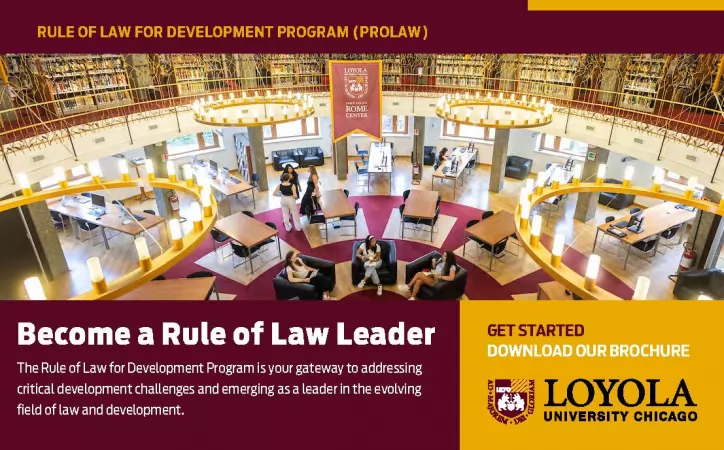Bosnians in Italy remember the past.
Enisa Bukvic is a remarkable woman. President of the community of Bosnia-Herzegovina in Italy and a member of the council of the international diaspora, she has worked tirelessly for 13 years on behalf of the victims of the 1992-1995 war in Bosnia and to ensure justice for survivors.
Roughly 1.5 million citizens, or one third of the population, left Bosnia during the conflict, seeking refuge in other parts of Europe, the United States, Canada and Australia: Bosnian Muslims fleeing the ethnic cleansing at the heart of the nationalist project, but also Croats and Serbs, who Bukvic says rejected the partitioning, nationalism and violence in general. It must not be forgotten that Bosnia is a place where different nations lived together peacefully for over 1,000 years, she insists.
Italy has a small but united community of roughly 15,000 Bosnians, most of whom arrived during the war. Before then, there were very few Bosnians in the country, mostly women married to Italians and the occasional worker, as well as Bosnian Roma whose presence in Italy goes back three generations.
Bukvic herself arrived in 1987. Then, with the outbreak of fighting in Bosnia five years later, she found herself drawn into the plight of her compatriots back home. From the outset I tried to help my family and then my friends to get out, and then everyone I could, she explains. Then I began working with Italian non-governmental organisations doing similar things, and together we formed a committee of solidarity with Bosnia. The community of Bosnia-Herzegovina in Italy was founded in 1996 to support refugees and send humanitarian aid to the country in collaboration with Italian NGOs working in the region.
The first refugees to arrive in Italy were accommodated in army barracks in the north of the country, in what Bukvic describes as terrifying conditions. She recalls seeing ten people to a room and says they were all going mad; first of all because of their experience of war and then because of the reception they received. The voluntary sector did much to remedy the situation. Some people, in particular women who had been the victims of ethnic rape or refugees who had been detained in concentration camps, had no intention of returning, but the vast majority initially said they wanted to go back. In practice, many did not, says Bukvic, who works at the International Organisation for Migration in Rome on programmes for returning migrants and asylum seekers. They were too scared, and still are.
It is testament to their courage that so many Bosnians have managed to settle into their host countries. In a regional government-funded study on the integration of Bosnians in Lazio last year, it emerged that 80 per cent of the approximately 1,000-1,200 Bosnians legally resident in the region (700 in Rome) are well integrated, working in all sectors and at all levels: as university professors, for international organisations, NGOs or Italian or foreign companies, as doctors, dentists, engineers, IT technicians, domestic workers, mechanics, caretakers and bar and restaurant staff. Several people own and run their own businesses.
The diaspora maintains strong ties with Bosnia and is now one of the principal investors in the country. In Italy, a large group of entrepreneurs in the province of Piacenza provides special support through joint Italian-Bosnian companies for example, as well as backing the community of Bosnia-Herzegovina in Italy in its work.
However, the conflict remains an open sore and Bukvic reckons that roughly 50 per cent of Bosnians who left the country still struggle to get by. The difficulty is especially apparent this year, as the community marks the 10th anniversary of the end of the war. Many people are unable or unwilling to face up to what happened, says Bukvic. I have seen it in people I have asked to do translations [in view of the anniversary]; they are unable to translate, they are unable to participate, it hurts too much. It is a huge pain that they have inside, which they want to forget. What they dont understand is that in this way they are making the pain bigger, and that they will carry it with them and pass it on to the next generations.
The international diaspora is using the opportunity provided by this anniversary to step up calls for the main war criminals still at large, especially Ratko Mladic and Radovan Karadzic, to be delivered to justice. At the same time, communities in the various countries of immigration are calling on national governments to pay special attention to one of the darkest pages of the war, whose 10th anniversary also falls this year: the genocide in Srebrenica.
On 11 July 1995, Bosnian-Serb forces commanded by Mladic entered the Muslim enclave in eastern Bosnia then under United Nations (UN) protection and proceeded to deport and murder thousands of Bosnian-Muslim men of fighting age, while the international community failed to intervene. Official government and International Red Cross figures put the number of victims at over 7,500; instead, the families of the dead claim that 10,701 people were slaughtered, including many elderly people and children. In April last year, the International Criminal Tribunal for the former Yugoslavia defined the massacre as genocide.
At the end of May, the community in conjunction with Infinito edizioni, the publisher of Srebrenica. I giorni della vergogna (Srebrenica. The days of shame) by Luca Leone, organised a series of conferences across the peninsula to raise awareness of the genocide and to shed light on the painstaking task of recovering victims so they can be identified and returned to their families for burial. One of the key speakers was Amor Masovic, president of the federal commission for tracing missing persons of Bosnia-Herzegovina. A lawyer by training, he said that to date around 40 mass graves have been discovered pertaining to the Srebrenica massacre alone; to these must be added tens of single graves. In total, he and his team have recovered around 8,000 sometimes incomplete bodies, some from as many as five different mass graves spread over a vast area, or from the woods where people were killed as they tried to escape. Forensic experts are hard at work trying to identify the human remains, using a combination of DNA sampling and traditional methods. On 11 July, 600 identified victims will be laid to rest in the memorial at Potocari to the north of Srebrenica, the site of the UN compound where thousands of terrified civilians vainly sought protection from the attacking Bosnian-Serb army. This will take to around 2,000 the number of victims who have been given a proper burial.
l Community of Bosnia-Herzegovina in Italy, Via S. Croce in Gerusalemme 106, Rome. Tel. 067001745, bosnausrcu@tiscali.it.
l Srebrenica. I giorni della vergogna by Luca Leone. Infinito edizioni, 2005, www.infinitoedizioni.it.


















